Travelling in Narnia
The very first guest on our online course was the writer, Katherine Langrish. She had been invited to take us on a tour of fairyland with her knowledge of fairy and folk tales, but it turned out she was about to publish a book on Narnia, to which she is also an expert guide. In From Spare Oom to War Drobe: Travels in Narnia with My Nine Year-Old Self, she goes back to the series that ignited her storytelling fire and explores how it struck her then, and now what she thinks of it in her maturity.
As with all the books of the Inklings, C.S. Lewis and Tolkien included, they are period pieces from the mid-20th century, reflecting attitudes that were mainstream in their day in a still predominantly Christian culture, though of course Tolkien was from a Roman Catholic background rather than the established Anglican church which put him in a minority group in England. Tolkien’s myth-making has fared better in modern criticism because he encoded his views in a way that allowed a multiplicity of interpretations that has largely kept pace with the times. Ironically, it was Lewis himself who summed up this technique well in a letter to Father Peter Milward:
My view wd be that a good myth (i.e. a story out of which ever varying meanings grow for different readers and in different ages) is a higher thing than allegory (into which one meaning has been put). Into an allegory a man can put only what he already knows: into a myth he puts what he does not yet know and cd not come to know in any other way. (22 September 1956)
Lewis chose to show his hand in the Narnia series, linking Aslan’s story to the death and resurrection of Jesus, steering Narnia towards allegory, though perhaps a better description is a ‘reimagining’ of the central Christian belief for a world of talking animals. This has drawn fire from those like Philip Pullman who find this ‘a colossal impertinence’, which is an odd phrase to choose as Aslan’s continued popularity in the Christian world suggests no offence taken by those who take the crucifixion most seriously. But Lewis has had plenty of defenders from a Christian background so what makes Katherine’s book so valuable is she is finding great value in the series from the position of someone who has slowly given up believing in God - a journey that will be familiar to many people who might’ve started life in a church-going family but found they didn’t carry the beliefs into their adult life. As she movingly says, ‘I stand with Puddleglum, I’ll try to live as like a Narnia as I can even if there isn’t any Narnia.’
What a refreshing attitude! Maybe we can agree that it diminishes the potential of literature to have to check writers against an approved checklist of currently acceptable beliefs, and not allow them to evolve to have the varying meanings to different readers, as Lewis argues in the quote. Narnia as Katherine describes it is not just for those who have a Christian faith; it doesn’t mean there is a secret agenda to convert if you as a librarian or teacher or parent suggest a child read it; in any case, as she writes, children let these kind of things pass over their heads and concentrate on the adventure. Having come to peace with this personal journey, Katherine is able to find so much to admire, appreciate, and yes, criticise in Narnia, but she is still able to travel there. She understands the spell it cast over her then and now.
That’s the controversial part of Lewis, but it gives the wrong impression of Katherine’s book to say it is spending all its time arguing this. The pleasure of reading it is to get back in touch with the child you were when you first read The Lion, the Witch and the Wardrobe, those long afternoons imagining another world, the instinct to try every wardrobe and closet door just in case. Particularly impressive is her reading of The Horse and His Boy, the Narnia story that barely connects to our world so is often the least favourite. I cheered her description of stallionsplaining between Bree and Hwin. Lewis has been criticised for what now seem sexist remarks (and there’s the problem of poor old Susan) but Katherine also finds the balancing examples where he puts the female weight on the side of the scales.
There is a growing sub-genre of books about the experience of reading, for example, The Road to Middlemarch: My Life with George Eliot (Rebecca Mead), The Child that Books Built (Francis Spufford), or the extraordinary Girl with Dove: A Life Built By Books (Sally Bayley) - all highly recommended. It is fascinating to watch people unpick these threads of what makes them and From Spare Oom is a sparkling addition to the set. If you’ve become suspicious of Narnia after reading the comments by its detractors, feeling you might not be welcome if you come from outside Lewis’ Christian culture, try this book, then go to the series. Hopefully, you too will be happy to be a Puddleglum in Lewis’ fictive world.
Julia Golding


